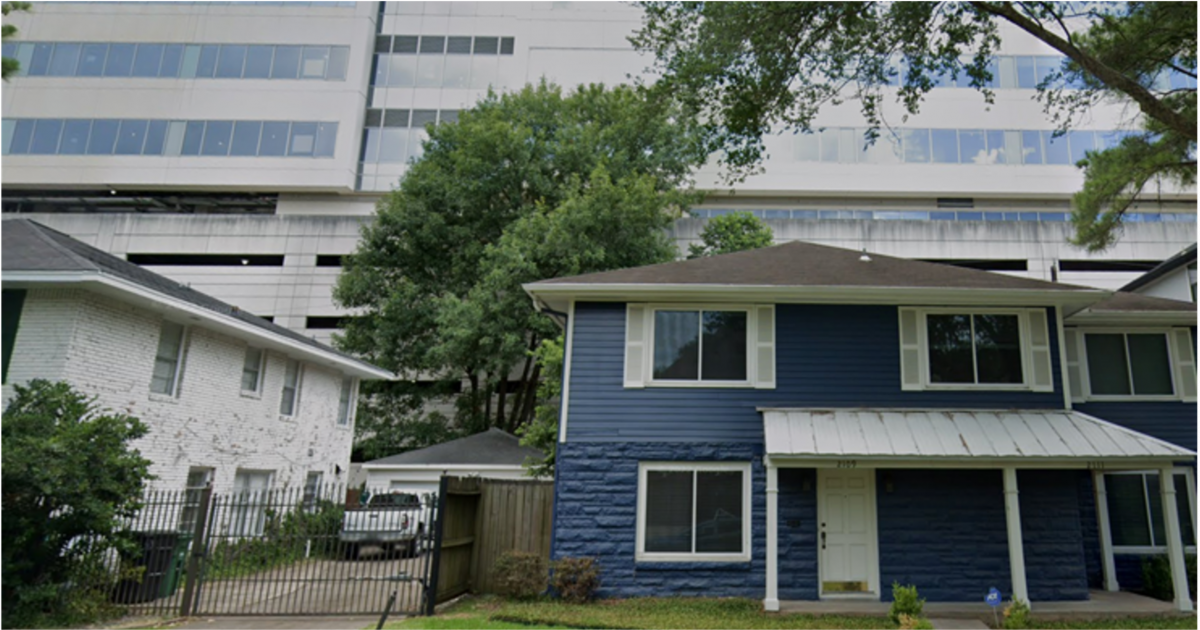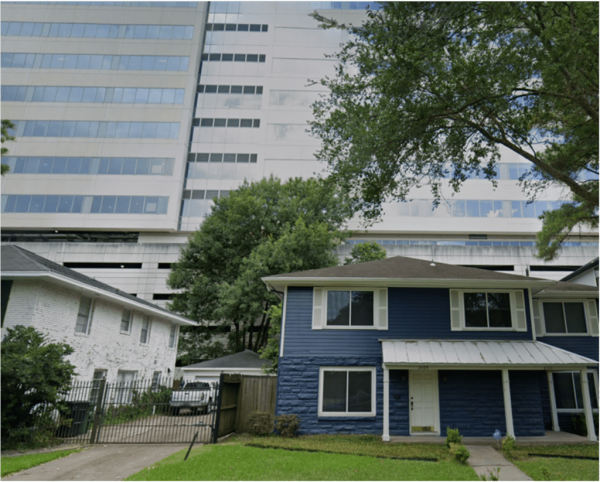
KEY POINTS:
- In his newsletter, Austin Mayor Kirk Watson highlighted a handful of proposals he and the city council have made to change local land-use policies
- They include increasing density throughout existing neighborhoods, stripping away parking requirements, and more
- If implemented, these changes could be as bad or worse than CodeNEXT
Austin Mayor Kirk Watson recently wrote in his “Watson Wire” newsletter about the current city council “getting (stuff) done” in connection with affordable housing in Austin. He blamed the lack of progress in the past on an “all-or-nothing approach” to land use changes—a trap he assures everyone this council is avoiding. He also reassured readers that we can expand a full range of housing options “without damaging the essential character of our existing neighborhoods or putting our environment at risk.” He then identified specific actions the council has taken (in quotes below) to prove his point.
Let’s briefly examine three of those:
1. “Creating tools for greater density along transit corridors, known as Equitable Transit-Oriented Development.”
The Equitable Transit-Oriented Developments (eTOD) policy the Council adopted was ostensibly tied to Project Connect—a project much of the public associates with rail lines. In fact, the “transit corridors” he refers to include metro-rapid bus routes around neighborhoods. Against the advice of planning experts (and all reason), the council’s eTOD policy proposes over 100 eTOD districts. And far from creating “greater density along transit corridors,” as described by the mayor, these eTOD districts are mile-wide circles that, combined, densify virtually all of the neighborhoods in the central city (zoom in to see the mile-wide rings):
This is what the “all” in all-or-nothing looks like. And if this policy is implemented, it will dramatically change the “essential character of our existing neighborhoods.”
2. “Addressing the city’s parking minimum requirements so that they don’t unduly hamper affordable building.”
The council’s new parking policy adopted by resolution “addresses” the city’s parking minimum requirements by eliminating them. The market gets to regulate itself. In other words, when this policy is implemented, there is no requirement to provide parking for employees, customers, or residential tenants—which, if not provided, will look to the public streets, including neighborhood streets, for parking. And this new policy is not about affordable housing because office towers and other commercial uses are also excused from minimum parking requirements. Eliminating onsite parking regulations is what the “nothing” in all-or-nothing looks like. Instead of the council’s “nothing” resolution, here is an example of a resolution the council could have adopted, which would have addressed parking but in a not “all-or-nothing” way.
3. “Addressing our compatibility standards to allow for denser development closer to residential neighborhoods. The current standard is 540 feet, while the resolution adopted calls for 100 feet.”
If 540 feet to trigger compatibility standards is “all” and 0 feet is “nothing,” this new policy proposed in the resolution is not strictly all-or-nothing, just close to nothing. The mayor’s description was carefully crafted. The thrust of his newsletter message was to describe actions taken to advance affordable housing. However, the description of the new compatibility standards policy uses the phrase “denser development.” This was for a reason. The new limited compatibility standards are not limited to new housing developments but also apply to commercial uses—like office buildings—so under the new policy, you can have a six-story office building 100 feet from your home or less. And the council specifically refused an offered amendment to condition the new minimal compatibility standards on providing at least some affordable housing.
In short, this new policy was not designed for the sole purpose of creating housing—and not at all about affordable housing—but also to “get (stuff) done” for commercial developers who profit from taller buildings at the expense of homeowners. The “standards” in CodeNEXT were 50 or 100 feet.
The mayor has incorrectly framed these new policies as being somewhere between “all” and “nothing,” but in fact, if implemented, these policies are as bad or worse as corresponding CodeNEXT proposals.
The mayor embedded a video in his newsletter of City Manager Jesús Garza acknowledging that staff presentations on compatibility, housing, and affordability had not included adequate consideration of neighborhoods that are “essential to a vibrant and healthy city.”
The city manager’s candor and, especially, his recognition of the importance of neighborhoods to a city was welcomed. He urged the council members present at the briefing, and he directed city staff to consider the interests of neighborhoods in implementing these new policies.
Today the city considers land developers the “stakeholders” and consistently consults with those involved in land development in fashioning policies. The residents of the impacted communities are not invited or informed of the large number of changes to their communities that are rapidly being proposed.
Please email our city manager at jesus.garza@austintexas.gov and thank him for his comments at the Housing and Planning Committee. Ask him to include neighborhood stakeholders to obtain their perspectives to better inform staff as it implements the council’s policies.
Together we can build an Austin for everyone!

